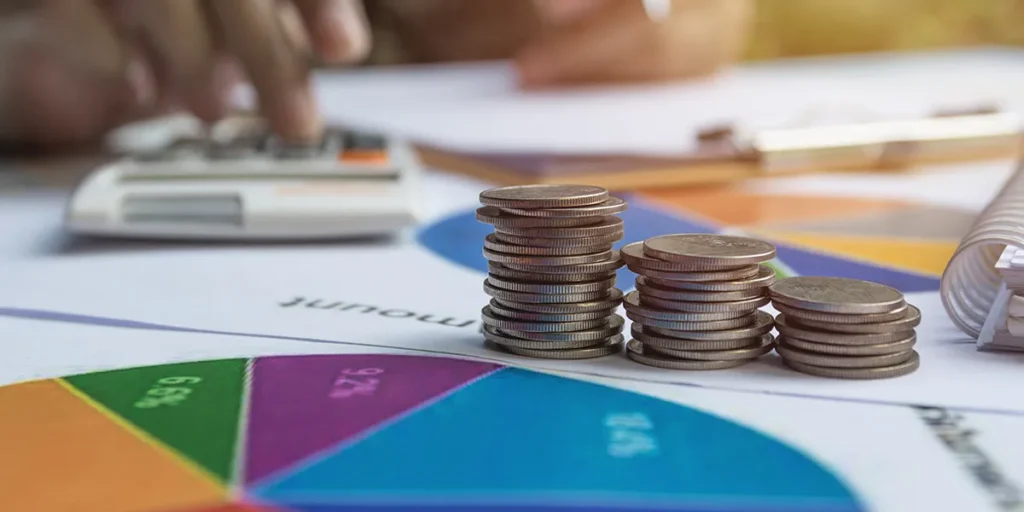The cost comparison between WPC (Wood Plastic Composite) exterior wall panels and traditional wood or other cladding materials involves several factors, including initial purchase price, installation costs, maintenance expenses, and longevity. Here’s a breakdown to help understand how WPC stacks up against other materials:

Initial Purchase Price
- WPC Exterior Wall Panels: Generally, WPC panels have a higher initial cost compared to traditional wood cladding. However, prices can vary widely based on the quality, design, and specific product features.
- Traditional Wood Cladding: The cost of traditional wood varies significantly depending on the type of wood. While some softwoods may be less expensive upfront than WPC, premium hardwoods can be much more costly.
- Other Cladding Materials: Materials like vinyl, fiber cement, and metal siding offer a wide range of prices. Vinyl siding tends to be on the lower end of the cost spectrum, while high-quality metal siding and fiber cement can be comparable to or exceed the cost of WPC panels.
Installation Costs
- WPC Exterior Wall Panels: Installation costs for WPC can be similar to or slightly higher than traditional wood, mainly if special fasteners or techniques are required. However, WPC is often easier and quicker to install than some heavier materials, which can offset some of the costs.
- Traditional Wood Cladding: Wood might require more preparation and finishing work (e.g., staining, sealing), potentially increasing labor costs.
- Other Cladding Materials: Installation costs vary widely. For example, vinyl siding is known for being easy and relatively inexpensive to install, while metal siding and fiber cement can require specialized skills and tools, increasing installation costs.
Maintenance Expenses
- WPC Exterior Wall Panels: WPC’s significant advantage comes in its low maintenance requirements. It does not need staining, sealing, or painting, and is resistant to rot, decay, and insect damage, leading to lower long-term costs.
- Traditional Wood Cladding: Wood requires regular maintenance, including painting or staining and protection against moisture and insects. These maintenance tasks can significantly add to the total cost of ownership over time.
- Other Cladding Materials: Maintenance for vinyl is relatively low, similar to WPC, though it may not offer the same level of durability or aesthetic appeal. Fiber cement requires repainting and caulking but is resistant to rot and insects. Metal siding is durable with low maintenance but may need treatments for scratches or dents.
Longevity and Durability
- WPC Exterior Wall Panels: WPC is designed for long-term durability, often backed by warranties of 20 years or more. Its resistance to many of the elements that degrade traditional wood ensures a longer lifespan with less need for replacement.
- Traditional Wood Cladding: Depending on the type of wood and maintenance, it can last many years but generally will not outlast high-quality WPC without significant upkeep.
- Other Cladding Materials: Vinyl, metal, and fiber cement all have varying lifespans, with metal and fiber cement often offering long service lives similar to WPC.
In summary, while the initial cost of WPC exterior wall panels may be higher than some traditional wood options and comparable to other cladding materials, its low maintenance requirements and durability can lead to lower total costs over the life of the product. When considering cladding options, it’s essential to look beyond the upfront costs and consider the long-term investment in terms of maintenance, durability, and aesthetic appeal.



